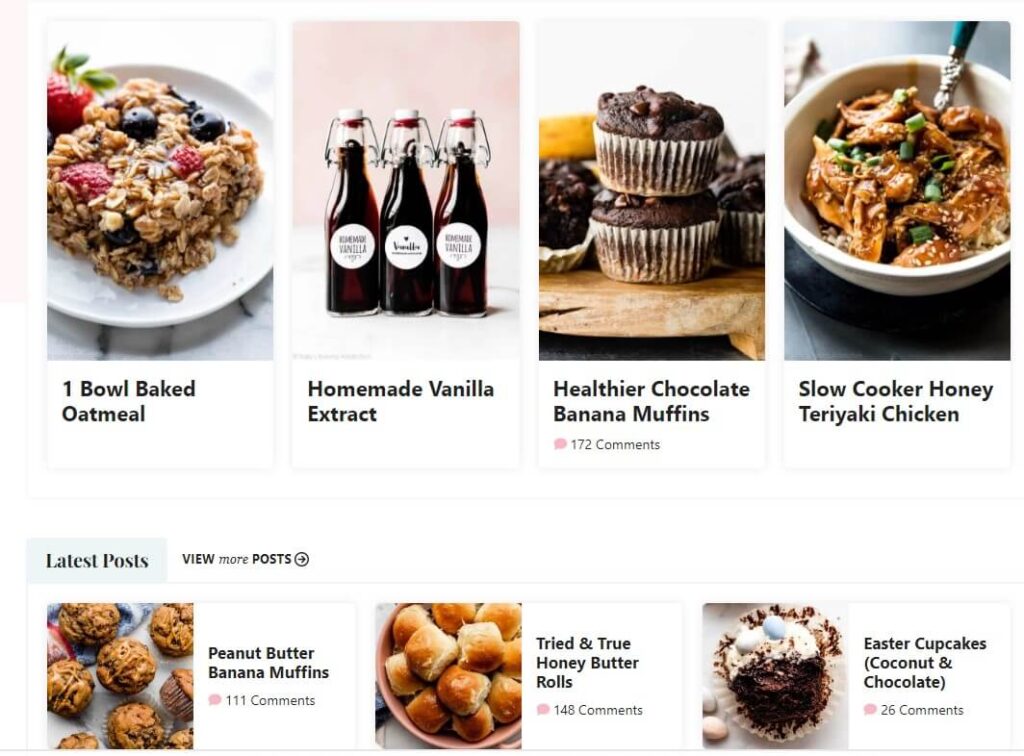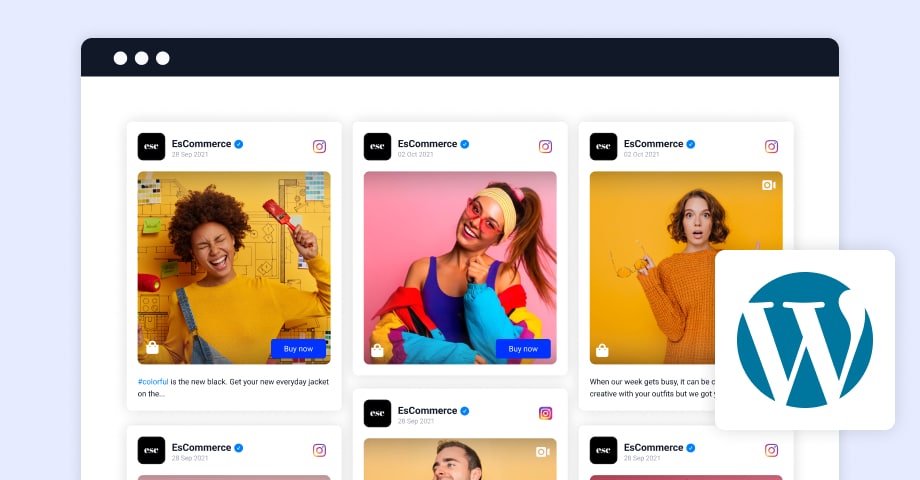I am a great believer in doing things “differently”.
If you have to produce exceptional results then doing things just like everyone else isn’t going to cut it. As a small business owner, one of the key ingredients to your success is the desire to be different.
Let’s say that you are a newbie entrepreneur – low on investment, but dying to test the waters with your brand. Or maybe you’re an established business owner looking to reinvent your brand. How would you go about it?
I can answer that question with just one word… Pop-up Retail!.
“Pop-up stores”, “pop-up retail” or “flash retail” is all about going out of business in just a few days. Have I got your attention?
By now I’m sure you think I’m out of my mind because going out of business in just a few days is every business owner’s nightmare. But I did start off by saying I believe in doing things differently, didn’t I? That’s precisely why I suggest business owners should pop-up for a few days and then disappear.
First, an explanation. Pop-ups are businesses like restaurants, bars, clubs and shops that spring up in unexpected locations, stir up a storm, and disappear just as quickly. They are a reflection of the high-speed, short attention span that has become an intrinsic part of contemporary lifestyle and business.
A lot a has been said and written about the pop-up retail model, and here I will highlight 3 big reasons why pop-up retail is one of the best cost saving ideas for small business owners struggling to establish new brands, revive dying brands or cut corners as far as finance and tiding over tough times…
Reason #1: Curiosity
One of the most alluring things about the pop-up retail model is the customer curiosity that it arouses. Typically a pop-up is around for just a day or two, after which the store disappears, and may resurface a few weeks or months later in a different format.
Human appreciation for an event or experience that is temporary is always higher than it is for something that is always around. Come to think of it as a child I couldn’t wait to go watch the circus, whereas a visit to the park could always wait. That’s because I knew that the circus would be in town for just a few days, but the park would always be there.
Customer psychology is no different; people want more from a pop-up store, just because it won’t be around forever. An Indian entrepreneur who experimented with the pop-up model when he introduced authentic Japanese food stuffs in Mumbai felt the model worked very well.
He said that people who originally wanted to buy just one thing ended up buying two or more things because they knew the store wouldn’t be around forever. They had to get their hands on the stuff while it lasted and that time was pretty short.
Pop-ups are a great way to pique consumer curiosity, and some business owners have taken that element one step further by keeping the offering a surprise up until the very last minute.
Savoy Truffle Supper Club is the brain-child of Alison and Guv Tyler: a by-invite-only soiree for friends, based in London. The duo plays on the “impromptu” element by making each night at the club is unique. The menu – and even the venue! – can change at the last minute, but what doesn’t change is the stylish setting and the seasonal food.
The best thing about the pop-up format is that as a business owner, you can alter whatever you want, when you want and in the way that you want. Using this element of pop-up retail is the key to piquing customer curiosity and drives up sales.
Reason #2: Cost Cuts
As a business owner, you will often find that passion, drive and great products aside business mainly revolves around coping with financial constraints. Using pop-up retail is all about addressing the economics of running an establishment.
Pop-ups can last for anything between a few hours, days or months. Setting up a pop-up helps business owners to save time, money, resources like physical office space, furniture, fixtures, equipment and salary.
When compared to setting up a full-fledged office or store – which is a move that calls for considerable investment in fixed assets and attracts an amount of maintenance and working capital requirements – pop-ups are economical alternatives to setting up shop.
Don’t make the mistake of seeing pop-up retail as only for small businesses, either; some of the biggest brands in the world have also used pop-ups to reinvent their brands for just a fraction of what it would have otherwise cost them.
An example of this is Procter & Gamble’s (PG) New York pop-up store. The company set up a 4,000 square foot space without any cash registers simply because everything was free—including a full CoverGirl makeover and a Head & Shoulders wash and blow dry.
The store drew 14,000 visitors in the 10 days it was open. Do the math with regard to per person contact cost – these are direct savings in advertisement expenses, manpower, and other resources that a mass media campaign would call for!
Pop-ups thus represent a whole new selling experience, as they egg people on to experiment with your product until you set up a full-fledged store. For the “try before you buy” types, pop-ups are a great shopping experience.
Reason #3: Carving a Niche
In cash strapped times and economic downturns, and in markets where buyers are not really open to trying new things, pop-up retail is a business mantra that enables new businesses to carve a niche before they take the plunge.
For instance Bandit Queen, an uber-luxe home décor store created a pop-up during Diwali, the Festival of Lights in Mumbai last year. The objective was to highlight their unique “glow-in-the-dark” bed linen collection. Their pop-up even had an interesting name “Verandah in the City”.
Using the pop-up format served two purposes: showcasing wares, and as an arrangement for tiding over customers till their new store opened in Lalbaug, Mumbai.
Another established brand which has used pop-up retail to create a lasting impression is Levi Strauss & Co. The company whose name has become synonymous with denim tweaked the pop-up model to set up a “workshop” at a former art gallery in Manhattan’s SoHo district.
The workshop spread over 10,000 square feet of bright white space, and was furnished with benches made from cargo pallets. It focused on the art of (pre-digital) photography; visitors could rent vintage cameras and sign up for free classes.
What was a denim company doing promoting cameras and photography?
The answer is that they were carving a niche of a different sort, as the theme for the workshop was in line with the denim maker’s “Go Forth” advertising campaign, a celebration of craftsmanship and collaboration that featured scenes of regular folk rebuilding a Rust Belt town.
According to the company the pop-up drew about 3,000 visitors per week. So did it serve its purpose?
They say that success is exposure, and 3,000 people per week who are talking, texting and tweeting about their experiences would do a lotto help Levi Strauss carve out this new niche.
Are you convinced about pop-up retail? If you are, then here are some ways in which you can get started:
- Table Space. Setting up a table gives you just enough room to display a limited variety of your wares. Renting table space at exhibitions and even flea markets is easy and inexpensive.
- Temporary Stall/Kiosks. These are the kiosks that spring up everywhere from time to time. The sheer flexibility of these temporary stalls/kiosks is that you can set them up in different parts of the city at different times and gain visibility among different types of customers.
- Local Fairs or Village Markets. Sign up for a stall or table space at a local fair or village market; this is an inexpensive way to make your presence felt, simply because of the number of people who come out to see what’s on offer.
- Brands on Wheels. Another option is to travel with your wares at different places during the week or month in your own car or van. Alternatively, you could start on your own premises, and then head out to a friend’s home/lawn/terrace space, followed by the local fair… all in the span of a few days.
Going out of business in just a few days doesn’t sound like such a bad idea after all, does it?
Pop-up establishments are a great way of making inroads in to an already crowded retail space. Definitely worth a shot if you are a small business owner struggling with the 3 C’s… curiosity, costs and carving a niche.
What do you think? Have you experimented with pop-up retail? Are you planning to?



